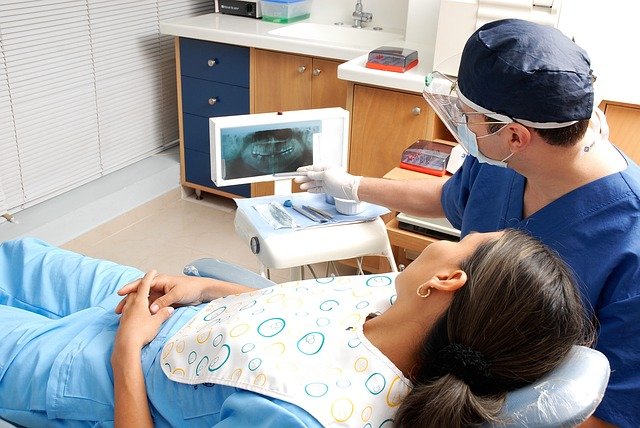Integrating telehealth check-ins to track gingival healing remotely
Remote monitoring through scheduled telehealth check-ins can help clinicians and patients observe gingival healing between visits. By combining visual assessment, symptom reporting, and targeted guidance on homecare, telehealth supports continuity of periodontal recovery while highlighting areas such as plaque control and interdental cleaning.

Remote follow-up via telehealth check-ins offers a practical bridge between in-clinic care and daily self-management of gum health. Regular video or asynchronous image reviews allow clinicians to observe changes in color, swelling, and tissue contour while patients report symptoms like sensitivity or bleeding. These interactions can reinforce plaque and biofilm control techniques and tailor advice on nutrition and interdental tools. Effective remote monitoring aims to complement—not replace—in-person periodontal assessments and procedures.
This article is for informational purposes only and should not be considered medical advice. Please consult a qualified healthcare professional for personalized guidance and treatment.
How can telehealth monitor gingiva healing?
Telehealth enables clinicians to review high-resolution photos or live video of the gingiva, looking for signs of reduced erythema, epithelial reattachment, and decreased bleeding on gentle probing when previously recorded. Patients can be coached to capture images with consistent lighting and angles, and clinicians can use checklists to compare sequential visits. Visual monitoring is supported by symptom logs—patients can report changes in sensitivity or pain—and by tracking adherence to prescribed homecare routines including brushing technique and interdental cleaning.
What periodontal signs can be tracked remotely?
During remote check-ins, clinicians focus on periodontal indicators such as pocket depth trends (when prior measurements are available), gum color and texture, mobility noted by the patient, and persistent plaque accumulation. Telehealth can flag worsening conditions—for example, increased swelling or pus—that require timely in-person evaluation. While definitive periodontal probing and radiographs remain in-office procedures, remote monitoring helps prioritize care, schedule timely recalls, and document healing trajectories between visits.
How to detect recession and sensitivity via check-ins?
Gingival recession and dentin sensitivity are commonly reported after periodontal therapy. Telehealth discussions and photos can document changes in root exposure and tissue margins, and patients can describe sensitivity triggers (cold, sweet, or touch). Clinicians can advise on desensitizing toothpaste, modified brushing, and protective varnishes or recommend accelerated in-office interventions. Tracking these symptoms remotely helps determine whether recession is stable or progressive and whether further clinical measures are required.
How does biofilm and plaque management fit telehealth?
Biofilm and plaque are central to delayed healing; telehealth check-ins reinforce mechanical and chemical control strategies. Clinicians can review patient-recorded videos of brushing and interdental cleaning to offer corrective feedback on technique, recommend adjunctive rinses, or suggest targeted professional cleaning if remote assessments show persistent plaque. Regular remote reinforcement can improve daily behavior and reduce biofilm-related inflammation that impedes gingival recovery.
Role of biomarkers and saliva in remote monitoring
Emerging remote tools include self-collected saliva samples and point-of-care tests for inflammatory biomarkers that correlate with periodontal activity. While not yet standard in every clinic, mailed saliva kits or clinic-coordinated sample drops can complement telehealth by providing objective data on inflammatory cytokines or microbial load. When available, biomarker trends combined with visual telehealth assessments help clinicians make more informed decisions about escalations in care or adjustments to treatment plans.
Supporting homecare, interdental care, nutrition, adherence
Telehealth visits are an opportunity to address homecare and interdental habits that directly affect healing. Clinicians can prescribe tailored interdental devices, discuss nutrition choices that support tissue repair—adequate protein, vitamin C, and anti-inflammatory omega-3 fats—and troubleshoot barriers to adherence. Short, regular digital check-ins improve accountability and allow incremental behavior changes. Documenting adherence over time helps predict outcomes and identify patients who may need additional support or in-person intervention.
Conclusion Integrating telehealth check-ins into periodontal follow-up creates a structured pathway for monitoring gingival healing, reinforcing plaque and biofilm control, and addressing symptoms such as recession and sensitivity. While telehealth adds valuable continuity and data points—including symptom reports and, where available, saliva biomarkers—it complements rather than replaces clinical examinations and procedures. Thoughtful use of remote monitoring can improve adherence to homecare and help clinicians triage in-person care efficiently.





